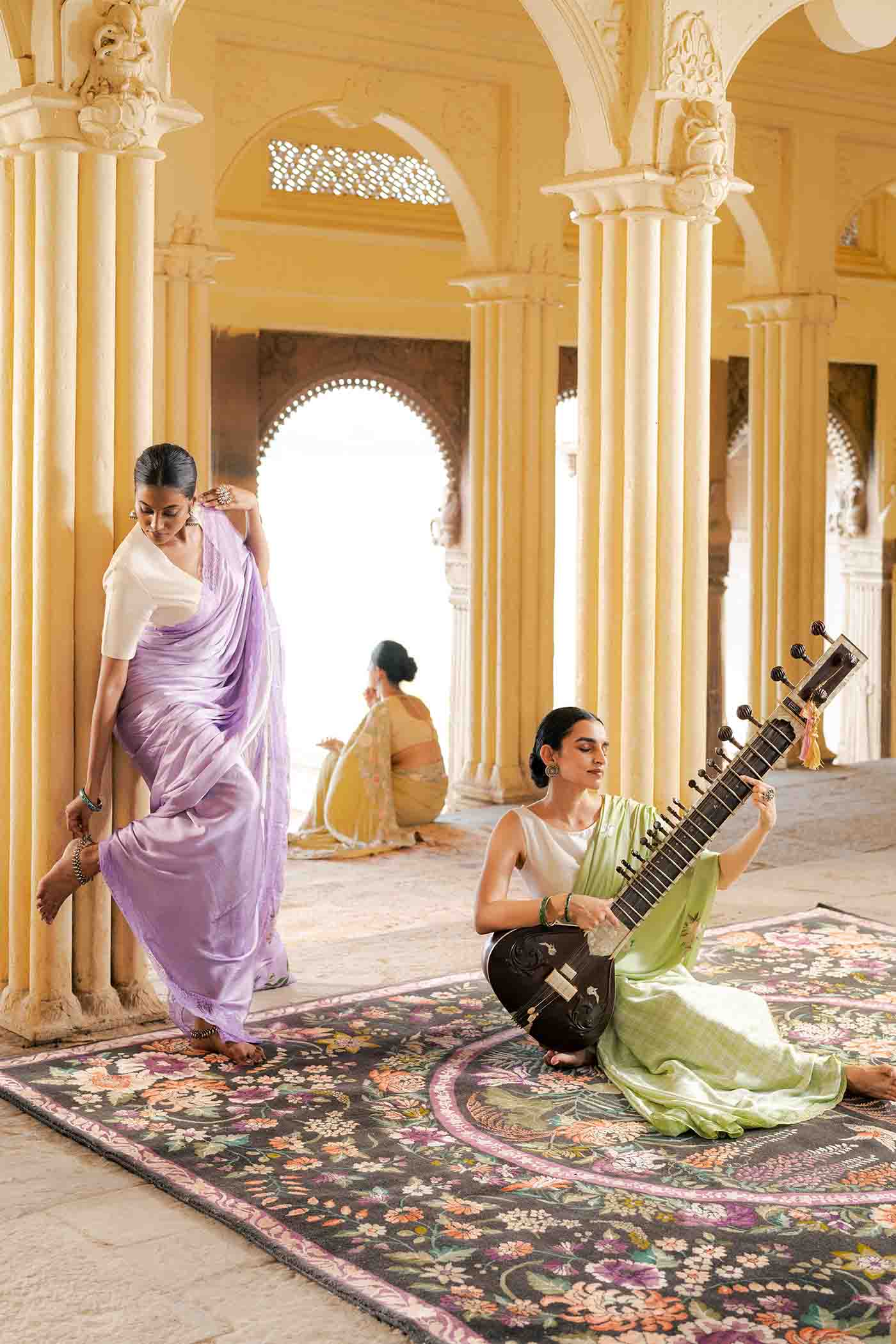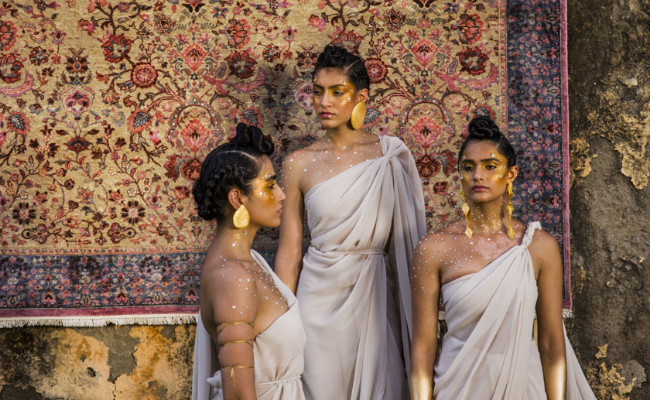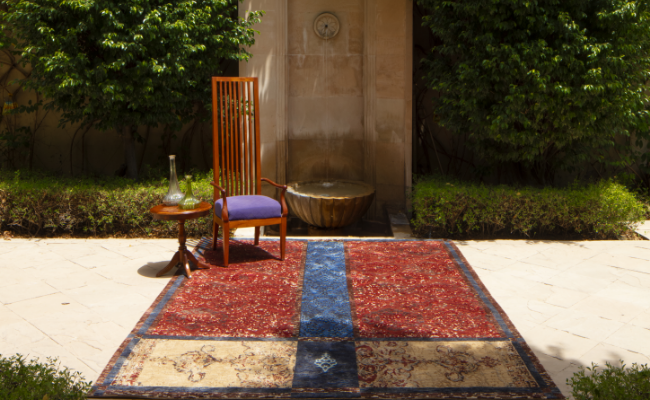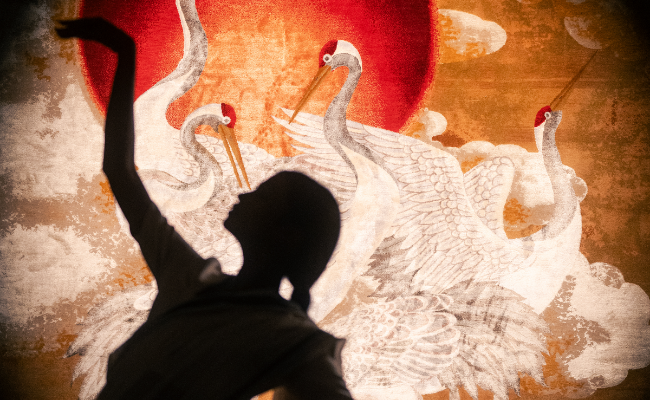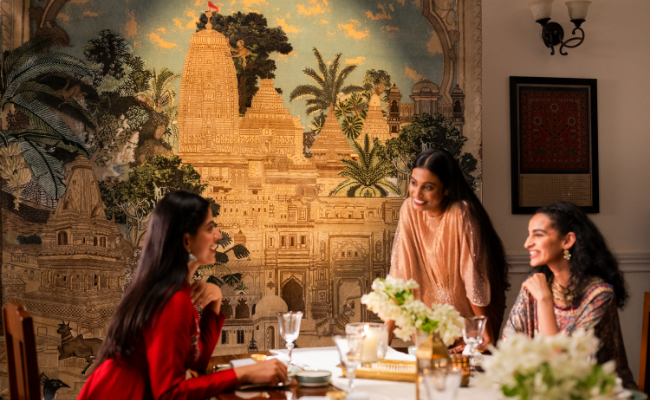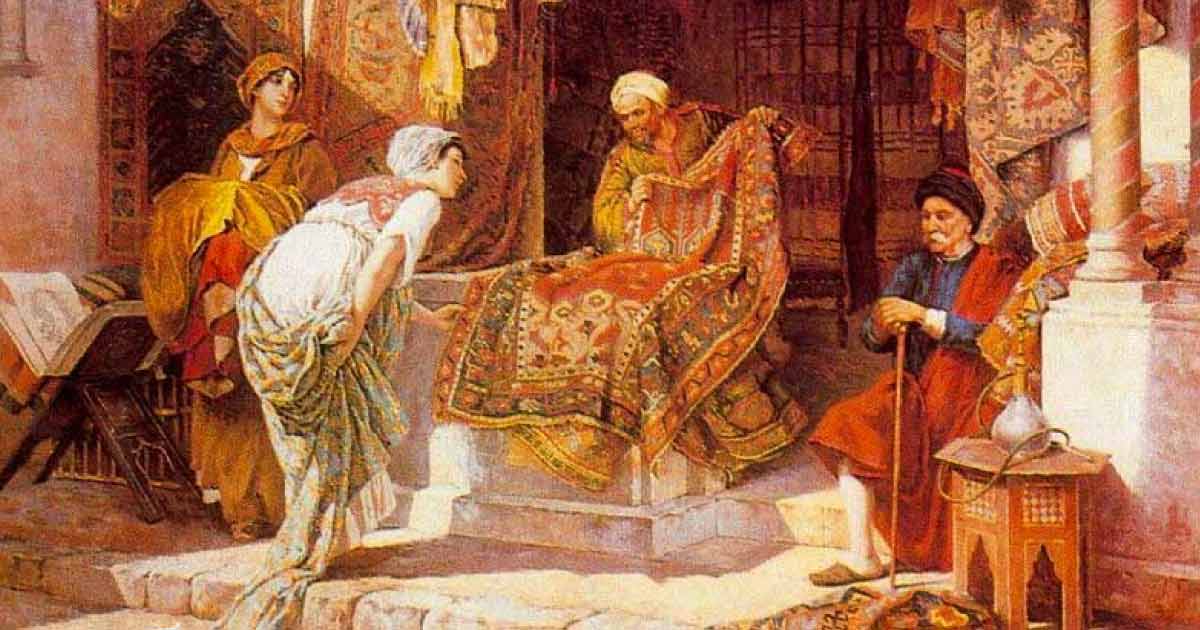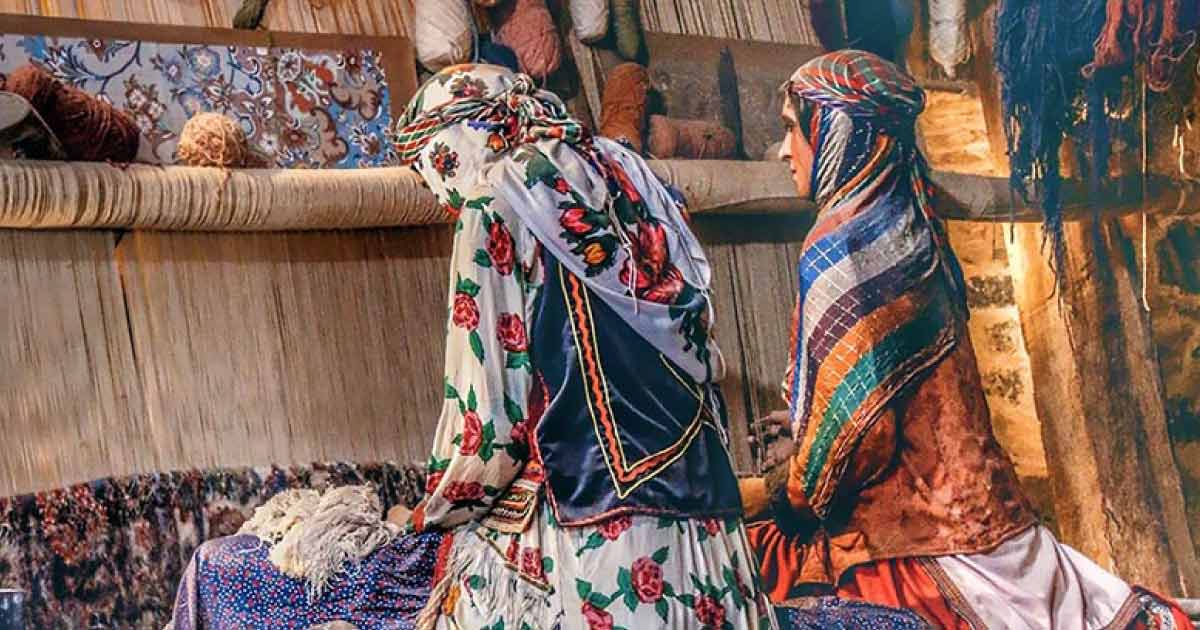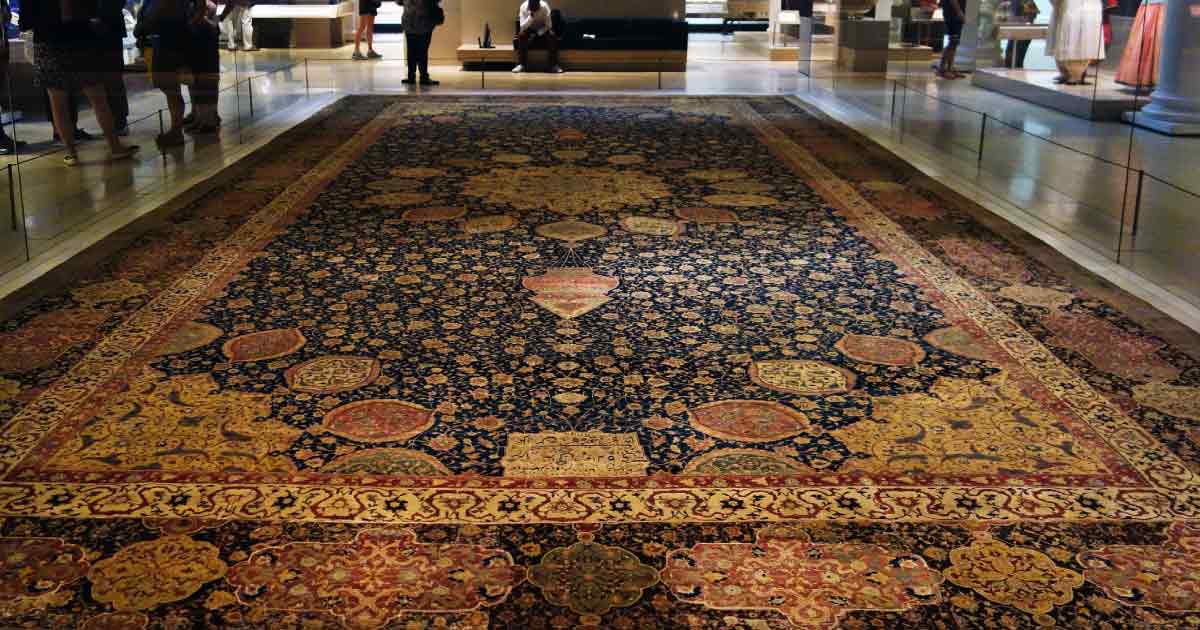
Origin of designs on Traditional Rugs
Traditional Indian carpets have a substantially massive preference in India. The reason for this is one, Indians are customarily accustomed to sitting on the floor because of the importance that they always give to the soil. Two, the history of carpet weaving is an extremely interesting saga that gets everyone intrigued about how some of the world’s best rugs were crafted on the Indian land. Therefore, one being a utilitarian reason and the second associated with acknowledgement of aesthetics.

Since we are already aware of utility, let us shed some light on the history of traditional Indian rugs so you know exactly what Obeetee Carpets brings to the table when we say we offer quality and design in rugs that is exceptional.
The history of origin of traditional rugs to India
When the Mughal emperor Akbar came to India in the 16th century, he brought with him the beautiful art of hand weaving. It is believed that the reason for this was Babur’s visit to the subcontinent. Since design and luxury was abundant in Persia, when Babur visited India, he was disappointed by the lack of design and luxury existent here.
Nevertheless, with likes of Akbar, the art of carpet weaving was ultimately introduced. The emperor laid the foundation of the tradition of weaving at Agra in the 1520 AD as he brought carpet weavers form Persia. These weavers were adept in the skills and talents of weaving carpets and taught their skills to the locals who would later master the exquisite designs and all the elements involved in the craft.
The initial carpet weaving centres were established in Agra, Delhi, and Lahore to facilitate production of Persian styled carpets which were inspired by the Kirman, Kashan, Isfahan, and Herat design elements.
The highlight of this journey was how despite being illiterate himself, Akbar had an excellent eye for all things art and aesthetics. It was due to his farsightedness and aestheticism that art and design as a particular domain flourished in India. The locals who earlier had little or no understanding of the same, started to now fancy the artefacts wishing to possess at least one if they were financially strong, and those with a humble background were eager to learn the art to impress and be admired by their king.
Akbar also realised that the prisoners at that time were creating a noticeable ruckus in the jails and needed something more productive and distractive to engage themselves in. Branched from this problem arose a solution- teaching the prisoners the magnificent art of carpet weaving. Interestingly, Akbar’s solution worked wonders as the prisoners took pride in learning the Persian artistry and even outshone their masters.
These carpets were crafted for splendorous palaces in India and gifting purposes. During those times, there was no shortage of money, labour, or time. So much so, that it could take up to 15 years for hundred weavers to finish crafting a single carpet. Since these rugs were all about the regalia and luxury that the emperors and other powerful individuals of the palace liked to experience, the rugs were crafted using the finest of materials such as wools, velvet, silk, and even Pashmina. These materials were undoubtedly the most exotic fibres at the time a still remain the same even today, centuries later.
Designs
Unlike today’s technological advancements, people in the Mughal era did not have advanced methods for producing artificial dye for shading and colouring the rugs. Therefore, the artisans created their own natural dyes deriving it from vegetables, plants, rocks, minerals, and even insects.
Although the designs were in fact inspired by the Persian, Turkish, and Central Asian carpet designs, the artisans did not replicate them. They added their own understanding of art and design to it, elements from their region, culture, or community. This free will of artisans in Jail brought a beautiful diversification to the Persian rug artistry. The most recognised jails were the Agra Jail, Lahore Jail, Amritsar Jail, Jaipur Jail, Gwalior Jail, and Bikaner Jail.
The patterns of these rugs were intricate, and were shaded in bright, vibrant hues. The themes of these rugs ranged from elements from the court life, animals, to elegant florals.
An average silk hand knotted had 4224 knots per square inch, and most of these carpets were crafted during the reign of Mughals. A glance at these rugs which are now preserved in museums or other prestigious institutions, makes us ponder whether these artisans were creating rugs, or magic on the knotted canvases of these impeccable floor coverings.
Shah Jahan, who is often credited for the creation of one of the Seven Wonders of the World, later took Akbar’s work a notch higher by bringing in his own individual sense of aesthetics to the Indian land. As a result of this, a series of distinct, new, and more Indianised designs were developed which encapsulated scenic landscapes, animals with spirited chases backward and forward across the field, detailed architectural latticework inspired by the Italian styles and sophisticated florals.
Adaptation of Persian rugs today
Unquestionably, the modern day consumer admires the authentic beauty of a Persian rug. However, some homeowners prefer the rug to merge well with their contemporary style home décor. Since brands want to cater to this preference, the brands who have been known to produce the nation’s best handcrafted rugs, provide their Persian style inspired rugs with a slight touch of modernity. Cotton, silk, and wool are typical materials used to make these rugs. They often contain warm earth tones like as red, green, and yellow, as well as pastel tints. Some of the most popular motifs in these are whirling vines, which are frequently joined by creatures such as birds, flowers, or geometric shapes. They suit well the traditional home décor setup designs, at the same time also working well in a contemporary setup. Wherever you put them, their rich colours and unique designs will undoubtedly sparkle and add a sense of elegance to your space.


